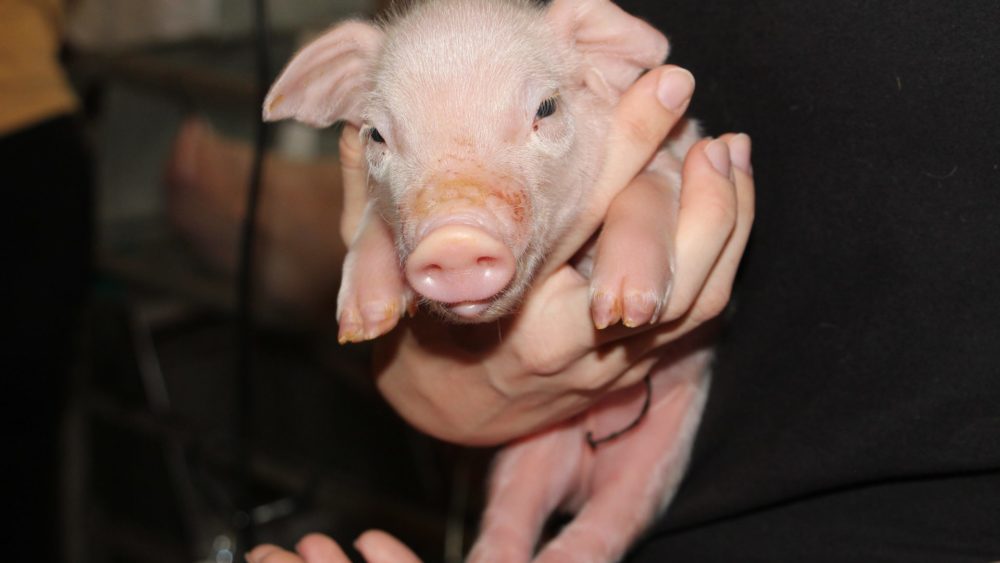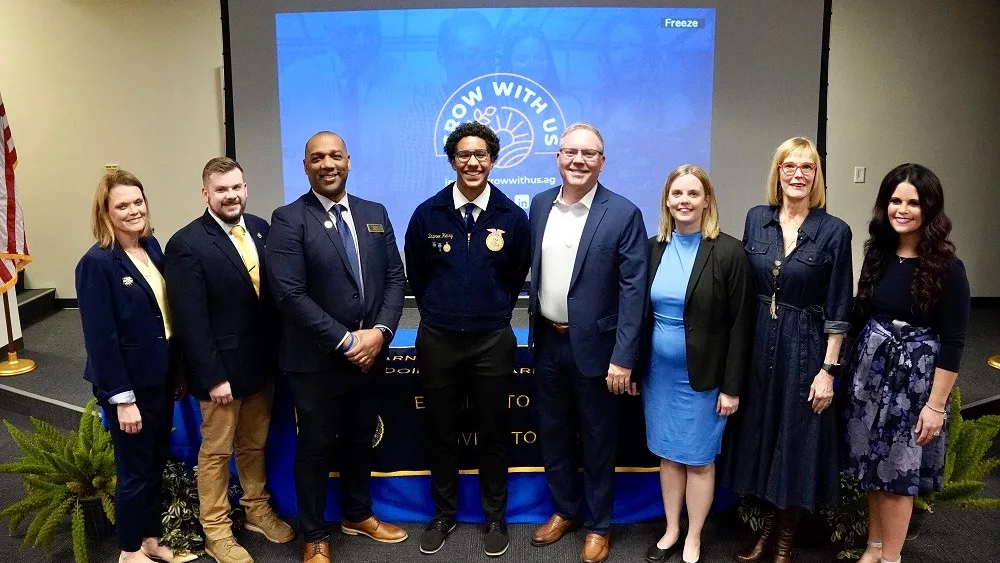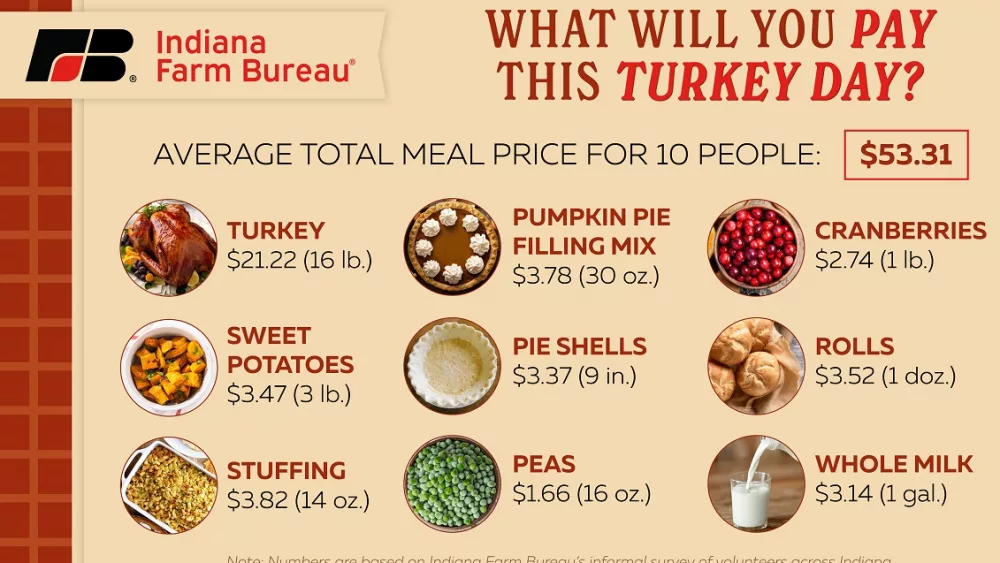USDA recently confirmed the first case of H5N1 bird flu in a pig. Dr. Megan Niederwerder, executive director of the Swine Health Information Center, says after the virus jumped from poultry to the beef herd, they knew there was a possibility of it moving into pork as well.
“We certainly knew it was a risk. I think one of the aspects of this introduction and the first detection in swine is thinking about what type of herd it was detected in and the fact that animals of different species were housed together. So, this was a backyard, small farm operation in Oregon that had mixed species that were housed together. They shared water sources and shared equipment across poultry, swine, sheep, and goats.”
The pigs were tested after the poultry began showing clinical signs of infection.
“The impetus of the investigation was the poultry had clinical signs on the farm. They had 70 birds on the farm. They were showing clinical signs of illness. They were tested for Highly Pathogenic Avian Influenza and found positive. They tested the animals on-site out of an abundance of caution. The swine on-site were not clinical. They displayed no clinical signs. But one of those pigs – there were five pigs on site – was positive for the virus, and they euthanized those hogs to perform additional diagnostic analysis because this was the first detection in any hog.”
Biosecurity must be top of mind for all producers no matter where they are located.
What are the biosecurity risks? How can we prevent exposure to wild birds? But also think about operational connections to poultry and dairy farms, reducing the risk of feral swine exposure, and protecting the health of our US swine industry.”
For more information on keeping the U.S. swine herd healthy, go to swinehealth.org.





